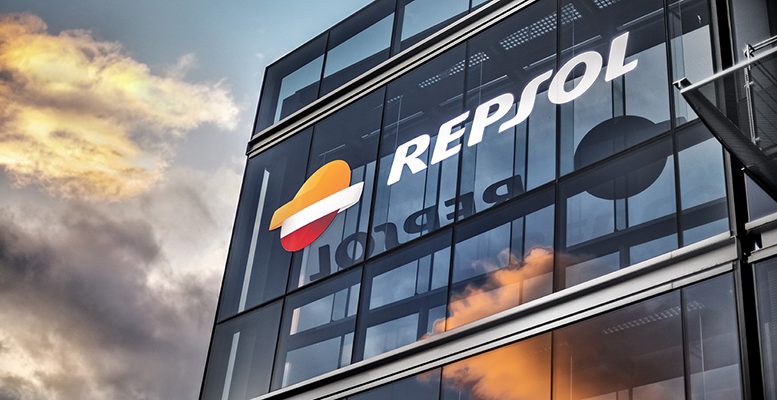José Benito de Vega | Moody’s has lifted Repsol’s outlook from negative to stable and confirms long- term debt rating at Baa2. Analysts were expecting this upgrading after at the end of 2015 Repsol presented a new strategic plan for 2016-2020. In fact, Repsol’s stock price performance has been positive so far this year and it has revalued 11%. Although this is less than the IBEX35’s revaluation, it’s a lot higher than that of the Stoxx 600 Oil & Gas (-1%).
Business Model
Repsol is one of the world’s biggest companies in the oil and gas sector, present in 40 countries and operating on every level of the value chain: exploration and production, transformation, and the development and commercialisation of energy.
Its business has two main divisions:
Exploration and Production (Upstream): Generated 31% of group adusted net profit in Q1’17.
Refining and Marketing (Downstream): Accounted for 69% of adjusted net profit in Q1’17.
Strategic Plan 2016-20
At he end of 2015, Repsol presented a new strategic plan for 2016-2020. It included changing the business model from one focused on growth to another centered on value creation, even in a stress scenario for oil prices. The strategy is based on two main pillars: the management of the group’s portf0lio of assets and an efficiency plan, with which its free cash flow (FCF) would reach breakeven with oil prices at $50/barrel. Debt reduction is the priority, while maintaining its shareholder remuneration policy comes in second place.
There are two aspects to the asset portfolio management: a programme of disposals worth 6.2 billion euros over 2016-2020, of which 2.5 billion euros worth would be sold off between 2016 and 2017; an average 40% reduction in capex in the upstream division in the period 2016-2020.
The second pillar of the strategic plan is the implementation of an efficiency plan which will generate total savings of 2.1 billion euros in 2018 – 1.5 billion euros from a reduction in costs and 600 million euros from reduced capex. Of the total savings, 300 million euros will come from synergies, 500 million from the Upstream business, 500 million from the Downstream business and 200 million from the corporate centre.
According to Repsol’s estimates, the combination of the asset sales and the efficiency plan, combined with the operational trend against a backdrop of progressively recovering oil and gas prices, will allow the company to achieve an accumulated 20 billion euros of cash in 2016-2020 to reduce its debt and pay dividends. In a more negative scenario, with Brent crude prices around $50/b and gas prices (Henry Hub) at $3,5/Mbtu, accumulated cash flow would reach 10 billion euros.
The objectives imply a very high level of compliance: the asset sales goal in 2018 (3.1 billion euros) has already been fully met and over 80% of the 2020 objective of 6.2 billion euros.
Financial situation
Repsol had net debt of 8.345 billion euros at the end of Q1’17, up 2.5% from the end-Q4’16 figure. This was mainly due to the increase in working capital, something which won’t be a recurrent factor in the coming quarters. The ratio of net debt to capital employed stood at 21%, while the Net debt/EBITDA ratio fell to 1,2x (1,38x in Decemer 2016).
The group’s liquidity at end-Q1’17 was 8.333 billion euros, including credit lines committed to and undrawn, which represents approximately 1,9x gross debt maturities in the short-term.
Repsol’s priority is to maintain an Investment Grade (IG) rating for its debt. With the measures implemented to reduce investments and dispose of assets, we believe the company will have no problem in achieving this.
Conclusion
Repsol is transforming its business model and the management team has gained credibility with the advances made in meeting the targets outlined in its 2016-2020 Strategic Plan. Particularly with regard to the reduction in its debt, (which has declined from 11.9 billion euros in 2015 to 8.345 billion in March 2017). We believe that the company will be able to maintain its Investment Grade rating and achieve the efficiencies outlined in its Strategic Plan, allowing it to be profitable even in a scenario where crude prices are not very favourable. Despite the transformation carried out to reduce its dependency on oil prices, it still trades at a discount in terms of PER compared with the rest of the oil companies, a discount which we think should be reduced. We would take advantage of dips in the share price due to oil price volatility to take positions in the stock with a medium/long-term outlook.





